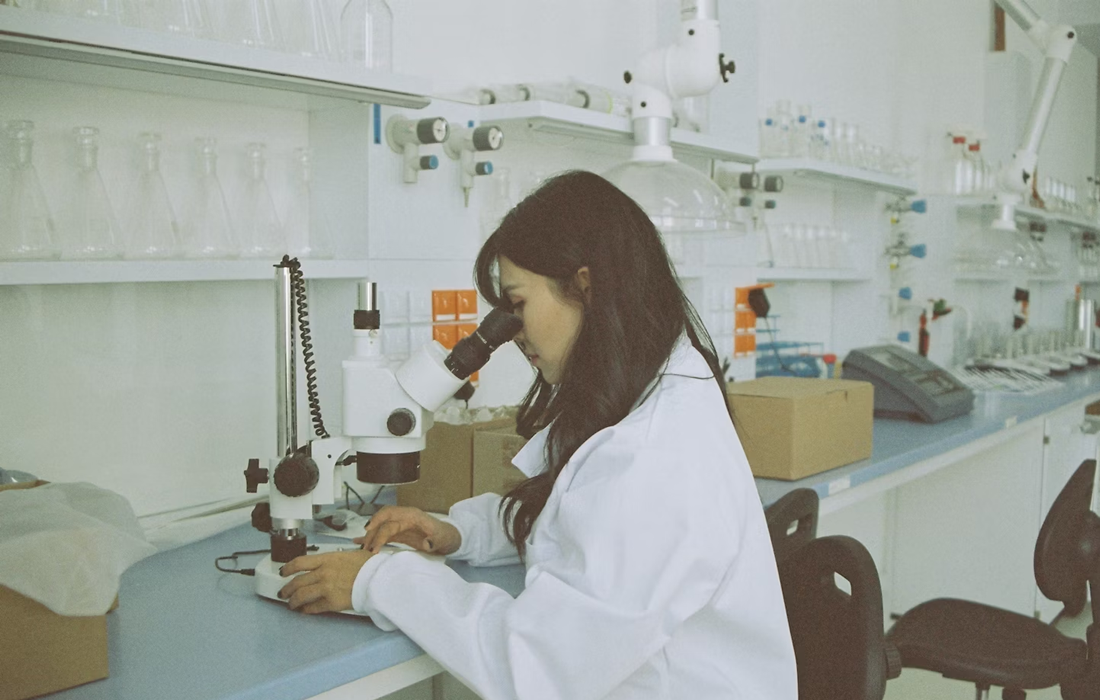Regenerative Medicine News and General Information
New Cancer Drug Targets Uncovered
Searching for new ways to block the growth of cancer cells is like looking for a needle in a haystack. Tumor cells rely on thousands of proteins to function, but only a few of those proteins can be precisely targeted by drugs to treat cancer safely and effectively. Now, a team at Scripps Research and the Broad Institute of Harvard and MIT has spearheaded a new method to hone in on new drug targets most likely to impact multiple cancers.
The research, published in Nature Chemical Biology on October 2, 2023, used a precise gene editing approach to alter more than 13,000 possible drug targets and see which edits affected cell growth. Integrating these data with chemical proteomic information pointed toward hundreds of possible drug targets, many of them never pursued in the past.
Over the past decade, research chemists and pharmaceutical companies have become excited about a class of drug that works by permanently binding to cysteines — one of the twenty amino acids that, in various combinations, make up all human proteins.
The unique reactive chemistry of cysteines makes them easy and ideal drug targets, but because there are hundreds of thousands of cysteines scattered among human proteins, narrowing down which ones to target with drugs is extremely difficult. Even among the few thousand proteins that have been identified as critical to cancer cell growth, there are still more than 13,000 cysteines.
Li used base editing to create targeted amino acid changes in cancer cells. By introducing a variety of cysteine-targeted mutations, he hypothesized he could learn more about which cysteines were most relevant to cancer cells.
In the new paper, Li, Cravatt and colleagues edited 13,800 spots on more than 1,750 genes previously linked to cancer cell survival. In each case, the edit targeted a cysteine on the corresponding protein. They then tested how well cancer cells with the mutation grew.
Moreover, they integrated their findings with new data on the “druggability” of these cysteines. They ultimately found that about 160 of the druggable cysteines, when edited, impacted cancer cell growth — suggesting that drugs binding to these cysteines could potentially work to treat cancer.
Among the edits with the largest impacts was a change to the cancer-dependency protein TOE1. Although TOE1 is known to play an important role in trimming the ends of the cell’s RNA molecules, it had not been studied as a cancer drug target. However, Li and Cravatt’s team showed that small molecules could be harnessed to target this “Achilles’ heel” of cancer cells.
More research is needed to show whether a drug targeting TOE1 could be useful in human patients, but the initial results suggest that the approach of editing cysteines was effective in predicting which cysteines could work as drug targets.
The researchers now plan to follow-up on other novel targets that their experiments revealed. They also say that the next generation of chemical genetic approaches are currently under development to study druggable cysteines in diseases other than cancer.
Sources:
Haoxin Li, Tiantai Ma, Jarrett R. Remsberg, Sang Joon Won, Kristen E. DeMeester, Evert Njomen, Daisuke Ogasawara, Kevin T. Zhao, Tony P. Huang, Bingwen Lu, Gabriel M. Simon, Bruno Melillo, Stuart L. Schreiber, Jens Lykke-Andersen, David R. Liu, Benjamin F. Cravatt. Assigning functionality to cysteines by base editing of cancer dependency genes. Nature Chemical Biology, 2023; DOI: 10.1038/s41589-023-01428-w
Scripps Research Institute. (2023, October 5). New cancer drug targets uncovered using base editing and chemical proteomics. ScienceDaily. Retrieved October 6, 2023 from www.sciencedaily.com/releases/2023/10/231005161820.htm
Image from: https://unsplash.com/photos/M3t3E7gzPKQ

